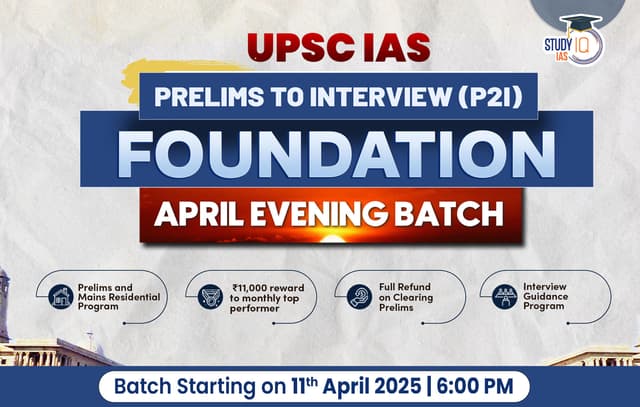Table of Contents
UPI’s Growth and Success
- Key Statistics: UPI accounts for nearly 8 out of 10 digital transactions in India.
- In August 2024 alone, UPI transactions totaled over ₹20.60 lakh crore.
- Achievements: UPI has significantly enhanced public trust in digital payments, especially in a cash-dependent country with low digital literacy.
- UPI penetration stands at 30% of the population, leaving scope to include the remaining 70%.
Market Concentration in UPI
- Dominant TPAPs (Third-Party App Providers):
- PhonePe (owned by Walmart):36% market share.
- Google Pay:3% market share.
- Combined, these two control over 85% of the UPI market.
- Paytm: Third-largest with just 7.2% market share.
- Implications: The UPI ecosystem faces a significant duopoly, dominated by two foreign-owned players (PhonePe by Walmart and Google Pay by Google).
Risks Associated with Duopoly
- Systemic Vulnerability: Since most UPI transactions are handled by just two apps (PhonePe and Google Pay), any problem with either of them can disrupt the entire digital payment system.
- Decreased Competition and Innovation: These big players have so many users that smaller companies can’t match their scale.
- UPI doesn’t charge users for transactions, so apps compete mainly by having more users.
- Big apps then use this advantage to sell other financial products (like loans or insurance).
- Since the big players already control the market, they don’t have much motivation to improve or come up with new ideas, making the system stagnant.
- Foreign Dominance: Both top apps are owned by foreign companies.
- There’s a risk that sensitive information about Indian users could be misused or accessed by foreign entities.
- Indian developers and companies don’t have the massive funds needed to compete with these global giants. This makes it tough for India to have homegrown apps leading the market.
Regulatory Efforts and Delays
- Market Share Cap Policy (2020): The National Payments Corporation of India (NPCI) proposed a 30% cap on market share for TPAPs, with a two-year deadline for implementation.
- This deadline has been repeatedly extended.
- Current Market Reality (2024): Dominant TPAPs retain overwhelming control, with PhonePe and Google Pay together holding 85% market share.
- Reports suggest the NPCI may raise the cap from 30% to 40%, further entrenching the duopoly.
Recommendations for Addressing the Challenges
- Enforce Market Share Caps: Implement the 30% cap to foster a level playing field.
- Support Indian Developers: Create incentives and favorable conditions to encourage Indian TPAPs to compete and innovate.
- Focus on Public Trust: A balanced, competitive ecosystem is essential to maintain public trust and safeguard UPI’s future potential.


 Foreign Contribution Regulation Act (FCR...
Foreign Contribution Regulation Act (FCR...
 World Economic Forum’s Future of Jobs ...
World Economic Forum’s Future of Jobs ...
 Rising Household Debt, Trends, Causes an...
Rising Household Debt, Trends, Causes an...





















